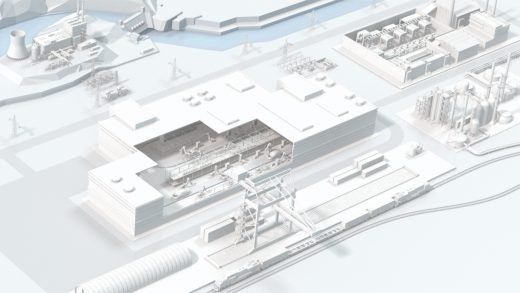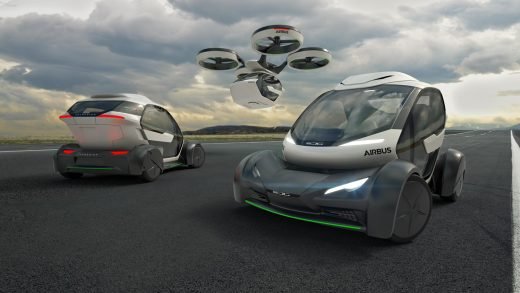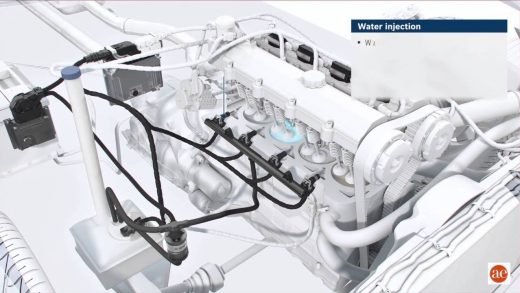Smart cities 2018: building on strong foundations for Europe
Each year heralds in a new wave of predictions when it comes to the trends and technology that will be sweeping over smart cities—and developing new ones. In 2017, European cities saw the rise of smart city solutions like electric vehicles, smart parking and street lighting, and free (and fast) Internet. 5G, for example, was a hot topic at tech conferences as companies partnered up with cities to get the networks in place for this high-speed service. We saw cities look to options from sustainable building to smart transportation as ways to cut carbon emissions and become smarter for long-long term success. This comes as no surprise to over half the global population living in cities over the past decade, and the UN predicting that more than 70 percent of people will live in urban areas by 2050. In 2014 there were only 28 megacities (cities with more than 10 million inhabitants), and that number is expected to multiply to more than 650 by 2030. Below, we’ll take a look at the top trends predicted to drive the smart city market in 2018 that cities across Europe should keep in mind when putting their own strategies and solutions in place.
- Race for 5G
The race is on for the fifth-generation wireless system with all of the elements in place for major companies like Intel, Qualcomm and Samsung to start mass-producing phone chips anticipated to hit the market by 2019. According to research company Gartner, by 2020, there may be more than 20.4 billion connected “things.” With a download speed of up to 5 gigabits per second, not only will this super-fast network benefit smartphone services, the technology may also boost sensors and communication used by the Internet of Things-connected devices. ZTE, for example, has already discussed plans to roll out a 5G network in Hungary that will allow cities like Budapest to serve as smart solution testing grounds.
- Driverless cars
All the big names in the automotive world from GM to Hitachi have debuted their version of connected, driverless cars, and this trend will continue to take flight throughout 2018. When BMW and IBM collaborated on a cloud-based data management system, it showed just how practical—and revolutionary—the power of connected cars can be. In addition to cars connecting with each other and objects along the road, these vehicles will be pushed even further into the future with the launch of 5G, heralding in a “driverless future” with autonomous vehicles.
- Street Lighting
In a 2017 Predicts report, it’s estimated that by 2020, “10 percent of smart cities will use streetlamps as the backbone for a smart city WAN,” as cities switch from traditional streetlamps to connected LED lights. Streetlamps will not only be supplied with more bandwidth, they’ll also be equipped with more advanced video technology. We’re already seeing progress in this sector in cities like Dijon that are using street lighting in an effort to become smarter by improving city operations, traffic management and public safety.
- Smart Parking
According to a study from Siemens, if a city like London implemented on-street smart parking management services, drivers could save 33,000 hours spent in cars looking for parking, offering indirect benefits of €870,000. Cities like Helsinki are already taking this into consideration when planning new districts like Smart Kalasatama, where parking share space service apps like “Rentapark” aim to reduce traffic and cut CO2 emissions. In Tallinn, Estonia, meanwhile, the port has not only looked to sustainable solutions like the LNG-powered ferry, it’s also drafting a smarter design to stop traffic jams caused by parking congestion.
- Future-forward transport
According to an article from Siemens, one of the main factors affecting large cities is climate change, which is leading the trend toward low-carbon solutions. If the rise in global temperatures is to be kept at less than 2 degrees Celsius, 90 percent of road vehicles would have to make the switch to electric by 2060. Given this information, it’s no surprise that smart transportation is one sector that has grown significantly over 2017 as cities look to everything from e-vehicles to driverless taxis as ways to reduce traffic congestion and carbon emissions. Start-ups like Navya in France plan to introduce 100-percent electric driverless taxis in Paris by the end of the year, while Copenhagen is looking to free itself of fossil fuels by acting as a testing ground for EVs, already hitting its goal last spring of 85 percent of the municipality’s vehicles being electric-, hydrogen- or hybrid-powered.
- City development at low costs
During the Smart City Expo World Congress in Barcelona in November, one key element affecting the future of smart city development is cost. As a recent Medium article states: “It’s one kind of the milestone to build an entirely new smart city when you have the capital to do so, but ensuring urban revitalization in communities beleaguered by poverty and environmental contamination is key to empowering citizens.” Last year, we saw a few cities across Europe get inventive when it comes to financing smart city projects, from crowdfunding campaigns in Tirana, Albania to citizen-centric projects in Stuttgart, Germany. By looking out of the box at alternative ways to launch smart solutions, these cities are showing that change and progress are possible despite a lack of public funding.
Source: Smart Cities Council
Photo/video source: Smart Cities Council









Recent Comments